Regulatory Frameworks
The Aircraft Fuel Cell Market is significantly influenced by evolving regulatory frameworks. Governments worldwide are implementing stringent regulations aimed at reducing aviation emissions, which is propelling the adoption of fuel cell technology. In 2025, regulatory bodies are expected to introduce incentives for airlines that invest in cleaner technologies, including fuel cells. This regulatory support is likely to create a favorable environment for market growth, as airlines seek to comply with new standards. Additionally, international agreements focused on sustainability are further encouraging the transition to fuel cell systems. The Aircraft Fuel Cell Market stands to benefit from these regulatory changes, which are designed to promote cleaner and more efficient aviation practices.
Technological Innovations
Technological innovations play a crucial role in the Aircraft Fuel Cell Market. Recent advancements in fuel cell technology, such as improved energy density and efficiency, are making these systems more viable for aviation applications. The development of lightweight materials and advanced fuel cell designs is expected to enhance performance while reducing overall aircraft weight. In 2025, the market is anticipated to grow significantly, with investments in research and development reaching new heights. These innovations are likely to lead to the introduction of next-generation fuel cells that can operate effectively in various flight conditions. As a result, the Aircraft Fuel Cell Market is poised for substantial growth, driven by the continuous evolution of technology.
Sustainability Initiatives
The Aircraft Fuel Cell Market is experiencing a notable shift towards sustainability initiatives. As environmental concerns intensify, the aviation sector is increasingly adopting fuel cell technology to reduce carbon emissions. This transition aligns with international agreements aimed at mitigating climate change. In 2025, the market is projected to witness a compound annual growth rate of approximately 15%, driven by the demand for cleaner energy sources. Airlines are investing in fuel cell systems to enhance their green credentials, which is likely to attract environmentally conscious consumers. Furthermore, the integration of fuel cells into aircraft design not only supports sustainability goals but also enhances operational efficiency, making it a pivotal driver in the Aircraft Fuel Cell Market.
Investment in Research and Development
Investment in research and development is a key driver for the Aircraft Fuel Cell Market. As the demand for efficient and sustainable aviation solutions grows, stakeholders are channeling resources into innovative fuel cell technologies. In 2025, it is estimated that R&D expenditures in this sector will increase by over 20%, reflecting the urgency to develop advanced fuel cell systems. This investment is likely to lead to breakthroughs in fuel cell efficiency, durability, and cost-effectiveness, making them more attractive for commercial aviation. Furthermore, collaboration between industry players and research institutions is expected to accelerate the pace of innovation, thereby enhancing the competitive landscape of the Aircraft Fuel Cell Market.
Growing Demand for Alternative Energy Sources
The growing demand for alternative energy sources is reshaping the Aircraft Fuel Cell Market. As airlines seek to diversify their energy portfolios, fuel cells are emerging as a promising solution to meet energy needs while minimizing environmental impact. In 2025, the market is projected to expand as airlines increasingly adopt fuel cell technology to power ground support equipment and auxiliary power units. This shift is likely to be driven by the need for reliable and efficient energy sources that align with sustainability goals. The Aircraft Fuel Cell Market is thus positioned to capitalize on this trend, as the aviation sector embraces alternative energy solutions to enhance operational efficiency and reduce reliance on traditional fossil fuels.


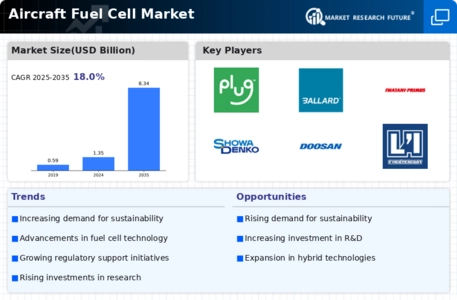
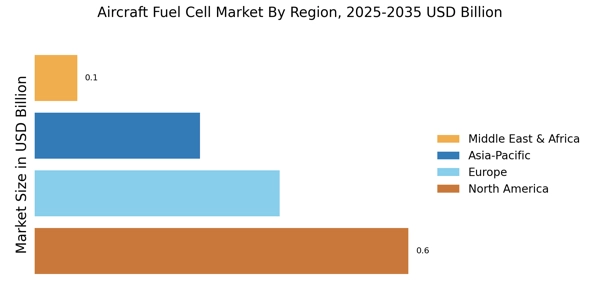
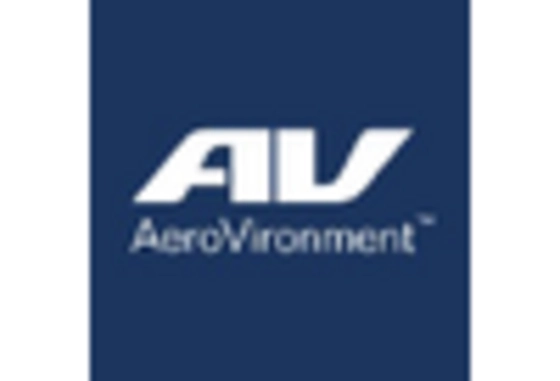
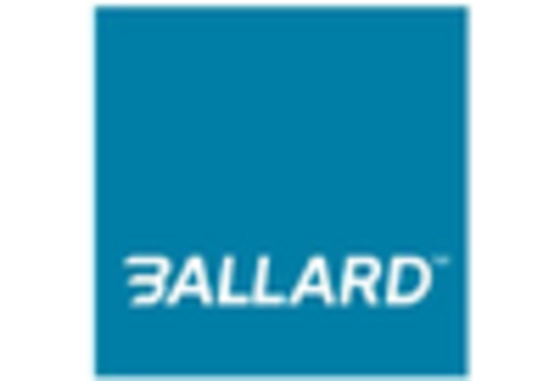
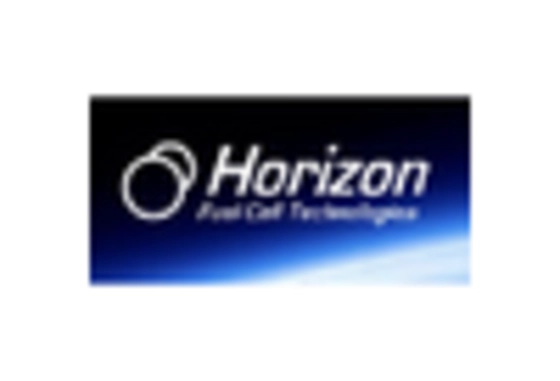

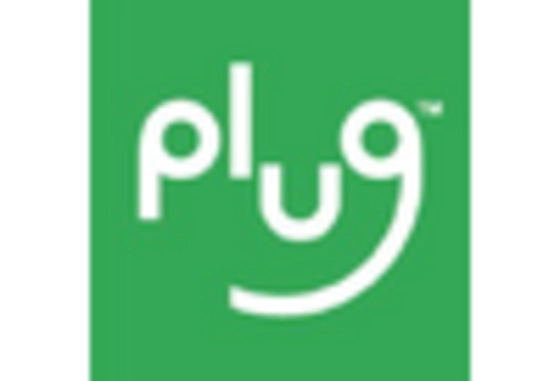
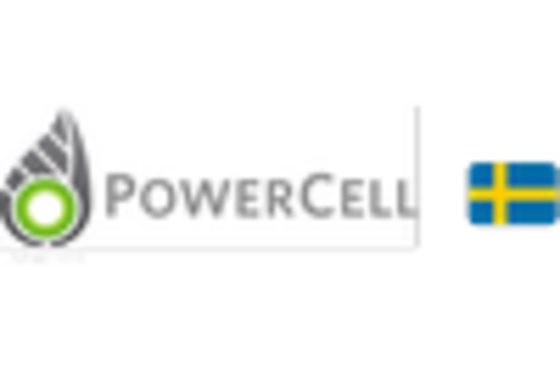








Leave a Comment